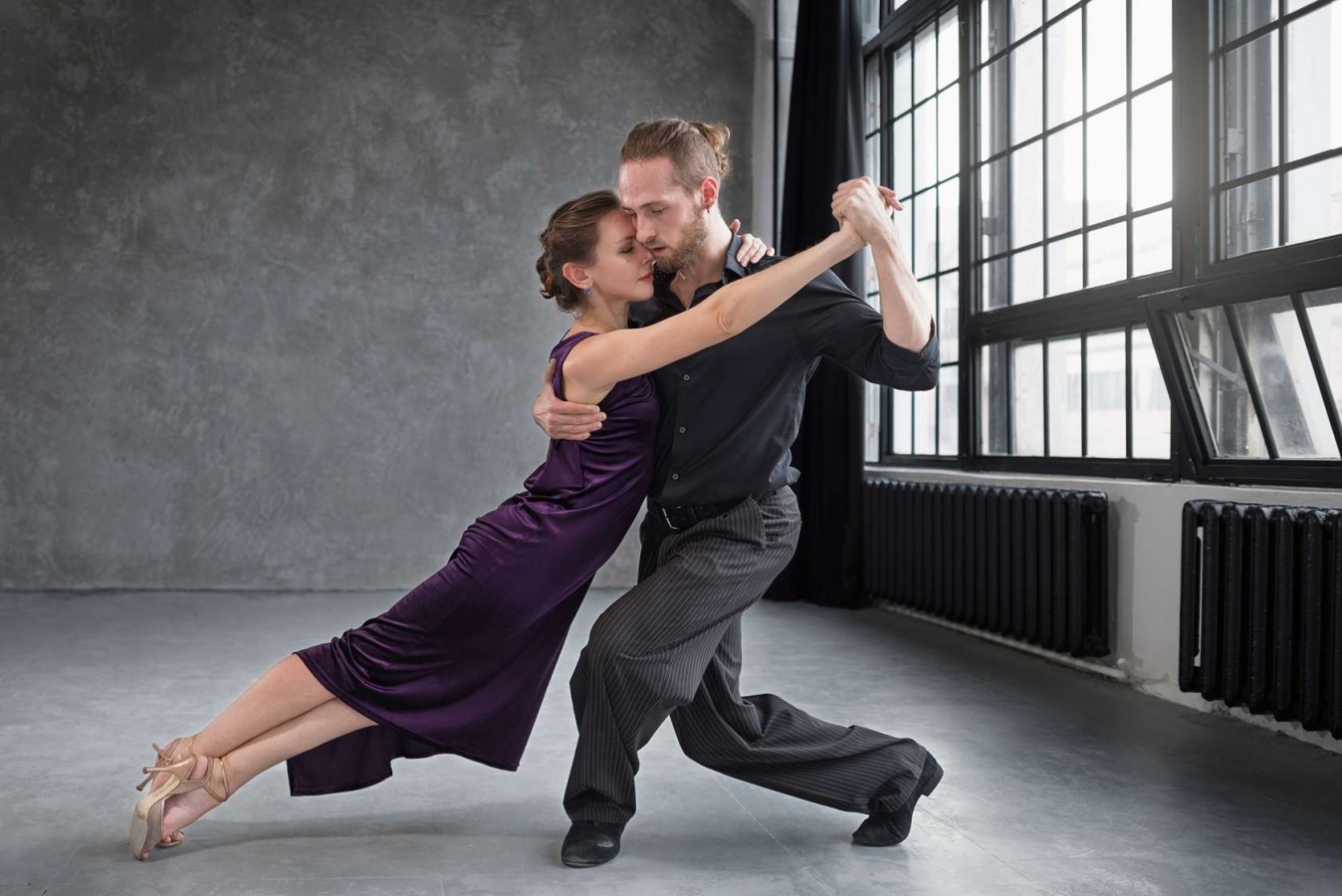Introduction Into Theater Arts: Definition, History, and More

Theater arts have been an integral part of human culture for centuries. This multifaceted discipline combines various art forms to create a unique and immersive experience for both performers and audiences.
In this comprehensive exploration, we delve into the definition, history, elements, types, and functions of theater arts, aiming to provide a deeper understanding of this rich and diverse art form.
Defining Theater Arts
Theater arts, often simply referred to as theater, encompasses a broad spectrum of creative activities that converge to produce a live performance. This collaborative art form integrates elements such as acting, directing, set design, costume design, lighting, sound, and more to convey a narrative or evoke emotions.
The heart of theater lies in the live interaction between performers and the audience, creating a shared experience that is both immediate and powerful.
A Glimpse Into The History
The roots of theater arts trace back to ancient civilizations. The Greeks, with their dramatic festivals honoring Dionysus, are credited with laying the foundation for Western theater.
The Roman Empire later adopted and adapted Greek theatrical traditions, further shaping the evolution of theater. As centuries passed, medieval European mystery plays and morality plays emerged, marking a shift from religious to secular themes.
The Renaissance witnessed a revival of interest in classical Greek and Roman theater, influencing the works of playwrights like William Shakespeare. The 17th and 18th centuries saw the rise of neoclassical ideals and the birth of the opera.
The 19th century introduced realism as a dominant theatrical style, challenging traditional conventions. In the 20th century, experimental and avant-garde movements emerged, pushing the boundaries of conventional theater.
Today, theater continues to evolve, embracing diverse styles, genres, and experimental approaches that reflect the ever-changing landscape of contemporary society.
Elements of Theater Arts
The magic of theater lies in its ability to weave together various elements seamlessly. These key components contribute to the overall impact of a theatrical performance:
1. Acting
The cornerstone of theater, acting involves performers embodying characters, bringing them to life through dialogue, movement, and emotion.
2. Directing
Directors shape the vision of a production, guiding actors and other creatives to achieve a cohesive and compelling performance.
3. Plot
Plot stands as the paramount component in a narrative, encompassing the events within a play and the sequence in which these events unfold. There is no exact method to structure a drama; nonetheless, the effectiveness of a drama's structure relies on its deliberate formation to evoke the intended response from the audience.
Typically, a play follows a framework consisting of a beginning, middle, and end, allowing for the growth and development of characters throughout the course of the narrative.
4. Set Design
The physical environment of the stage, including scenery, props, and backdrops, is designed to enhance the narrative and create a specific atmosphere.
5. Characters
In contrast to short stories or novels where readers often have to wait for a character's introduction to discern their significance, plays typically present characters prominently and early on. The character list is usually found in the initial pages of the play because, prioritizing action over narration, actors need to familiarize themselves with their roles.
The characters listed first are usually the most crucial, considering factors like the number of spoken lines, whether they are protagonists, antagonists, and so on. However, the order on the character list does not necessarily determine the sequence of their appearance in the play.
Similar to the development of characters in creative nonfiction or fiction, playwrights unfold characters throughout the play. Different characters assume distinct roles, such as protagonists, antagonists, or foils.
6. Costume Design
Costumes contribute to character development, time, and place, enhancing the visual storytelling aspect of a production.
7. Lighting and Sound
These technical elements work in harmony to create mood, highlight focal points, and immerse the audience in the world of the play.
8. Script
The written text, often in the form of a play or screenplay, serves as the foundation for the performance, guiding the actors and shaping the overall narrative.
Types of Theater
The world of theater is diverse, offering a range of styles and genres to cater to various tastes and preferences, such as:
A. Traditional Theater
This includes classical plays, musicals, and operas that adhere to established conventions and structures.
B. Experimental Theater
Pushing the boundaries of traditional forms, experimental theater explores new ideas, unconventional narratives, and avant-garde techniques.
C. Physical Theater
Emphasizing the body as a primary storytelling tool, physical theater combines movement, gesture, and expression to convey narratives.
D. Interactive Theater
Breaking down the fourth wall, interactive theater engages the audience directly, blurring the lines between performers and spectators.
E. Multimedia Theater
Incorporating elements of technology, multimedia theater utilizes audiovisual effects, projections, and digital media to enhance the theatrical experience.
The Function of Theater
The function of theater extends beyond mere entertainment, becoming a powerful force in shaping culture and society. Theater serves as a reflection of a society's values, beliefs, and struggles, providing a mirror through which audiences can explore and question their own experiences.
Numerous plays delve into societal issues, offering a platform for critical reflection and discussion on topics such as politics, human rights, and social justice. With the ability to evoke a wide range of emotions, theater provides a cathartic experience for both performers and audiences.
Historical plays, classical works, and contemporary dramas play a crucial role in the educational and intellectual enrichment of audiences, fostering a deeper understanding of the human experience.
Interested in Theater Arts?
In conclusion, theater arts stand as a testament to the creativity, diversity, and resilience of human expression. From its ancient origins to its contemporary forms, theater continues to captivate and inspire audiences worldwide, making it a timeless and invaluable part of our cultural heritage.
If your children harbor a passion for theater arts, look no further than the Broadway program offered by Rockstar Academy. This comprehensive program is designed to cultivate a range of skills, including character singing, vocalization, acting, dancing, and musical confidence.
Enrolling your children in this program ensures that they will be well-prepared to take the stage in a Broadway Recital, where it is a performance with professional lighting, microphones, and dazzling costumes.
On top of that, Rockstar Academy also offers RockOlympics for Broadway Program. RockOlympics is the biggest competitive event that offers a distinctive chance for students of all ages, starting as young as 1 year old, to challenge their boundaries and relish the fruits of their labor. This event serves as a platform for personal growth and accomplishment, allowing participants to surpass their perceived limits.
Renowned as the premier Sports & Performing Arts Academy, Rockstar Academy provides a nurturing environment for artistic growth. To make the decision even easier, they generously offer a free trial class, allowing your children to experience the excellence of their programs firsthand. Give your budding performers the opportunity to shine and thrive in the world of theater at Rockstar Academy right away!
FAQs
1. Is theater only about acting and performing?
No, theater involves a collaborative effort among various elements, including acting, directing, set design, lighting, sound, and more. It is a multidisciplinary art form.
2. How has technology impacted theater?
Technology has influenced theater through innovations in set design, lighting, and multimedia integration. Digital platforms have also expanded the reach of theater, allowing for virtual performances and global accessibility.
3. What makes live theater unique?
Live theater offers a real-time, shared experience between performers and the audience. The immediacy of the performance, the energy in the room, and the unpredictability of live action contribute to its uniqueness.
4. Can anyone participate in theater, or is it reserved for professionals?
Theater is open to everyone, and many communities have amateur or community theater groups. While some pursue theater professionally, others engage in it as a hobby or means of self-expression.



